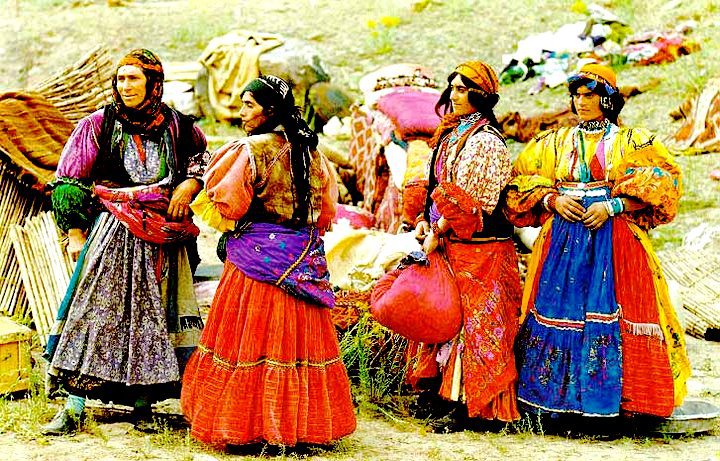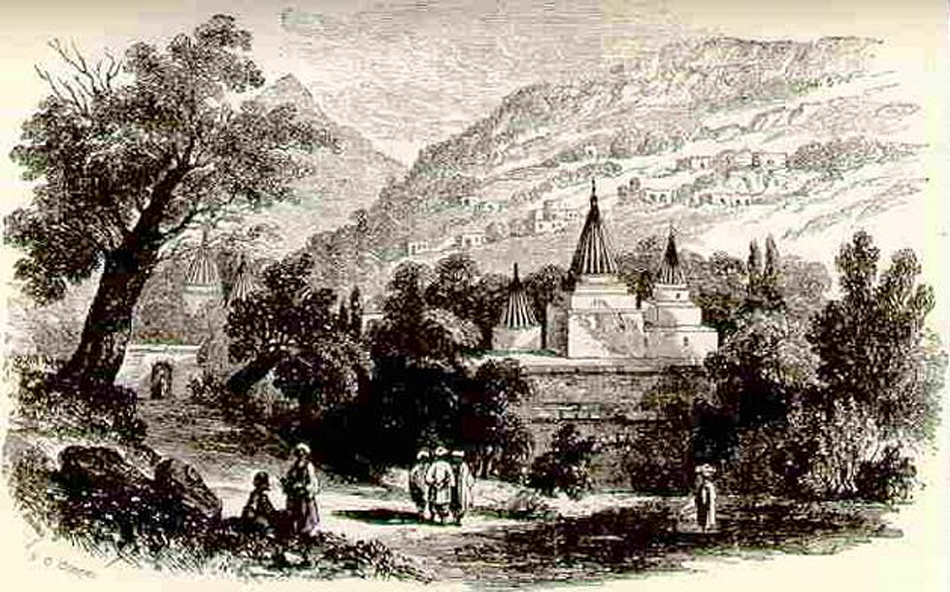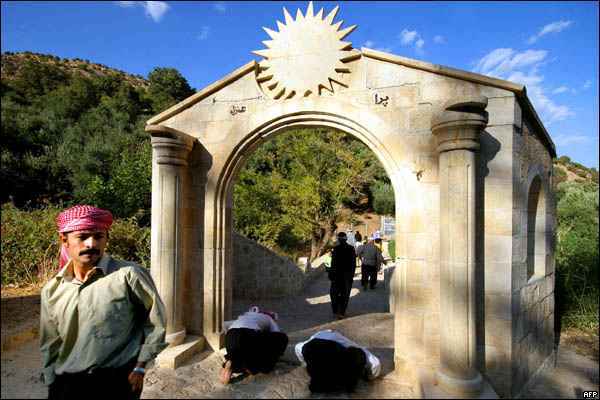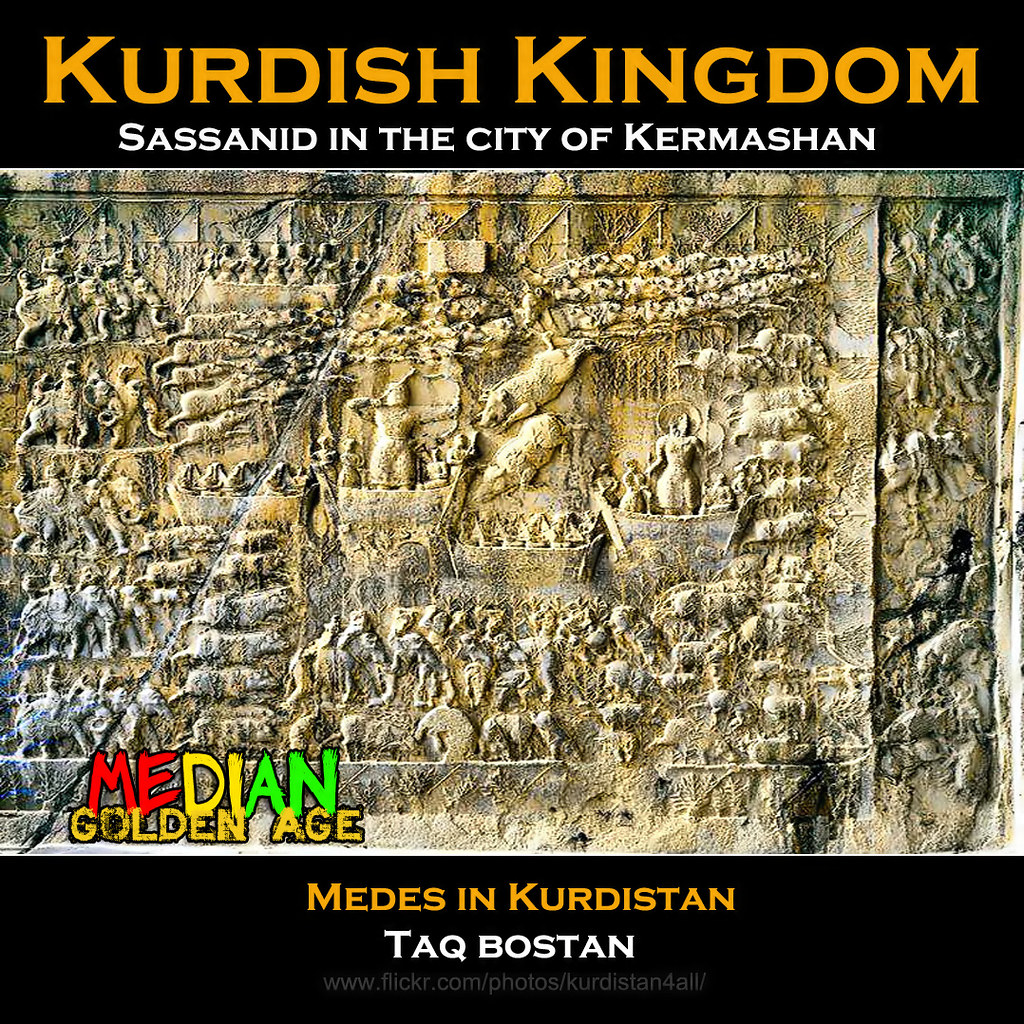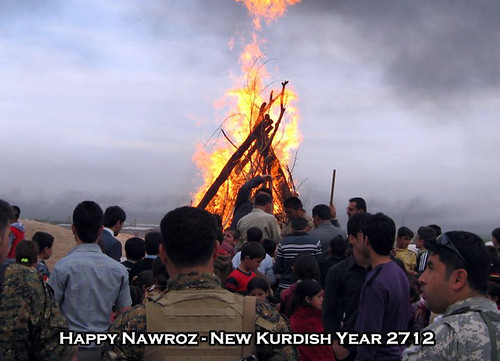The Dadicae (Contd)
[Page-92]: Ghirghisht, it appears, is only an altered form of Cirghiz or Ghirghiz "wanderer on the steppe" and indicates the country whence the people originally came, namely northern Turkistan. For Cirghiz or Kirghiz merely means a wanderer or nomad in the language of that country, and corresponds with the more familiar term Scythian. Though the Kakar now holds the greater portion of the ancient Dadicae country by a number of clans confederated under his own name, they are not all of the same origin as himself.
For the other sons of Dani (after whom, in the early Muhammadan period, the northern part of the present Kakar country was named Danistan, as the southern was named Kakaran or Kakaristan), namely Dadi, Naghar, and Pani, are expressly distinguished in Afghan histories, as differing, in many of their manners and customs, as well as in dialect, from the true Kakar. Thus the Naghar are expressly designated as Rajputs, and by the Afghans are commonly called Baroh. They are described as closely allied in origin and domestic customs, as well as in political relations, with the Pani, and they both have most of their clans settled in Shekhawati and Hydarabad, the lesser parts only residing in Kakar territory As to the Dadi, their history is lost in the obscurity to which they have sunk, and nothing more seems to be known about them now than that they have become absorbed into the Kakar tribe, and attached themselves to an immigrant colony from Khojand, with whom they are generally known as Khojandi or Khundi.
Besides the clans confederated with them in their own country, the Kakar claim kinship with the Gadun of Mahaban and Chach, on both sides the Indus north of Attock. These people on their part call themselves Kakar, and in Chach one of their settlements is called Ghurghusht. They also claim kinship with the Tymani Charaymdc, who are settled in the Siah-band range of the Ghor mountains, to the south-east of Herat. This people, on their part, consider
[Page-93]: themselves a branch of the Kakar, and hold themselves separate from the rest of the Charaymdc further north, from whom they differ in manners and customs, as well as dialect and religion these being Sunni and those Shia The Tymani are in two divisions, one of which is called Capchac, who are Aymac or "nomade," and the other Darzi, who are settled, and are usually called Afghan.
The Kakar country on the Indus frontier is about a hundred miles square, and extends from the Waziri border on the north to the Baloch border on the south. The country is traversed from, north to south by a mountain range, on the east and west slopes of which are many pleasant and fertile valleys In the Kanjoghi valley, which runs about thirty miles south-west from the Kand peak, is settled the Sanya clan, and in Bori, an extensive valley running to the south-east, are the Sanjara and Sambhira clans names evidently of Indian origin. The Kakar, in fact, is a collection of several different peoples, who, though now all speaking Pushtu and calling themselves Kakar Puthan, nevertheless maintain their own peculiar customs, manners, and dialects
The bulk of the Kakar Proper are employed in the asafoetida trade between Herat and India ; but most of the other clans lead a pastoral life, moving from place to place with their cattle and flocks, and living in small societies of three or four families, who pitch their black hair tents, or Kizlidi, in little clusters together. The lesser number are settled in villages and cultivate the soil in the main valleys, as Bori, Zhob, Kanjoghi, etc , etc. The Zhob range separates the Kakar from the Waziri. Their neighbours on the north-west are the Ghilji, on the west the Achakzi and on the south-west the Tarin both Durrani tribes. On the south are the Baloch, the hereditary foe of the Kakar. The Shayuna Dagh, a mountain plateau, in the north-west of the country, is a celebrated pasture ground of the Kakar ; and to the west of the Toba mountain they have a number of narrow little valleys whose several
[Page-94]: streams combine to form the Lohra river which waters the Peshin valley In spring and summer the whole of this part of the country is said to be a delightful residence, the climate salubrious, and the air perfumed with the odours of the flowers which cover the surface as with a variegated carpet. The country is good, it is the people only who are bad, for they are ignorant, brutal, and savage in their manners, and robbers by intuition, as indeed are all the independent Pathan tribes. We have thus shown that the Pathan comprises not only the modern representatives of the four ancient Pactiyan nations mentioned by Herodotus to whom, alone indeed, the title properly belongs but also a variety of other races, some kindred and some foreign, who have been thrown together within the area of their original country, the ancient Pactiya, by successive waves of conquest, and dynastic revolutions.



 Reply With Quote
Reply With Quote
